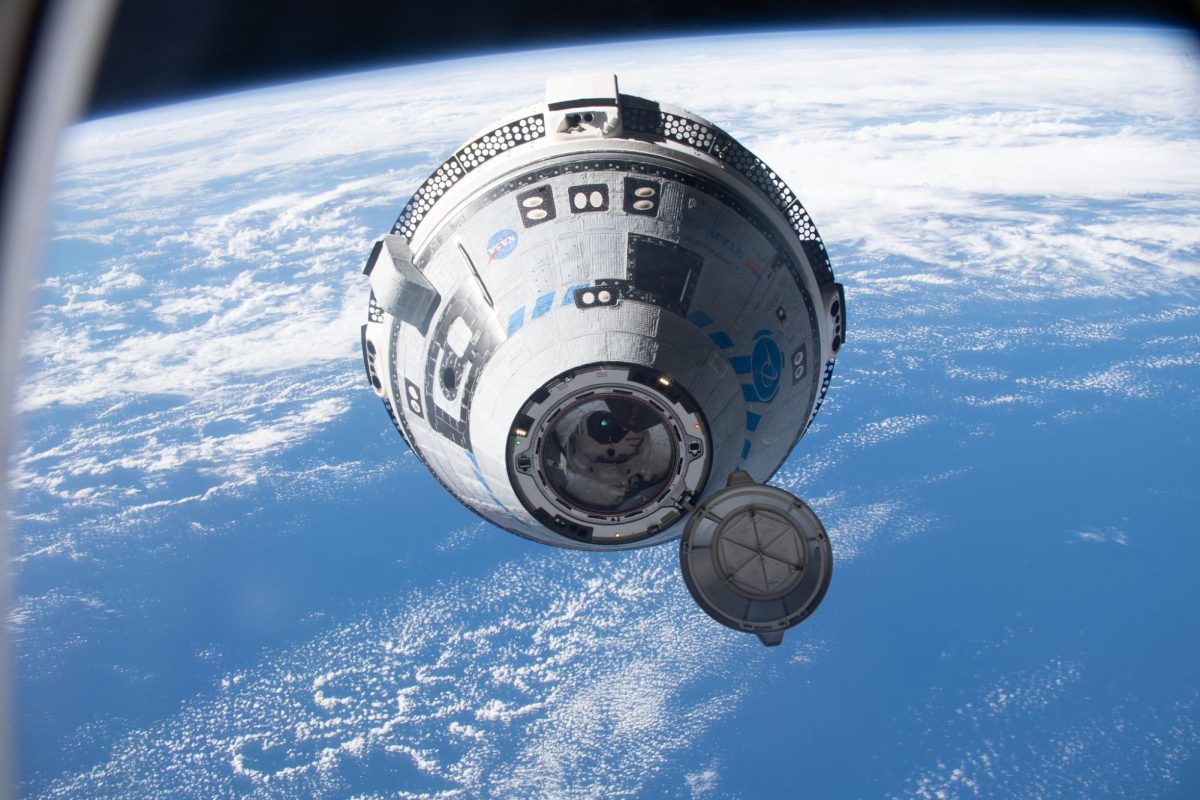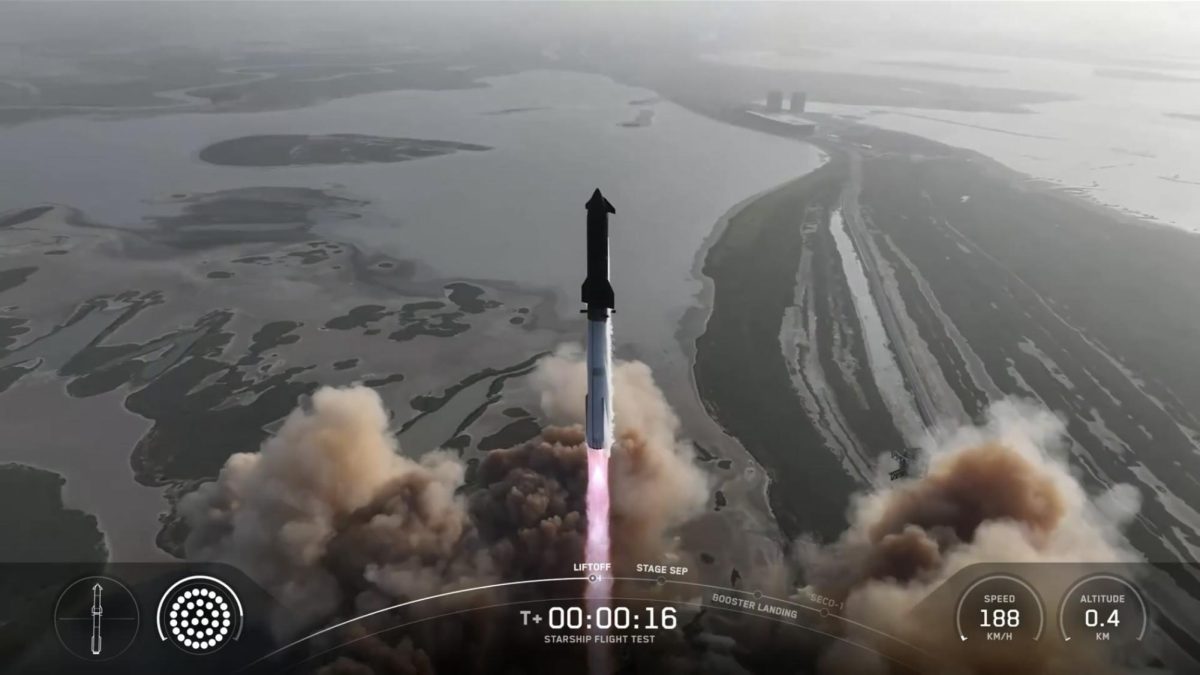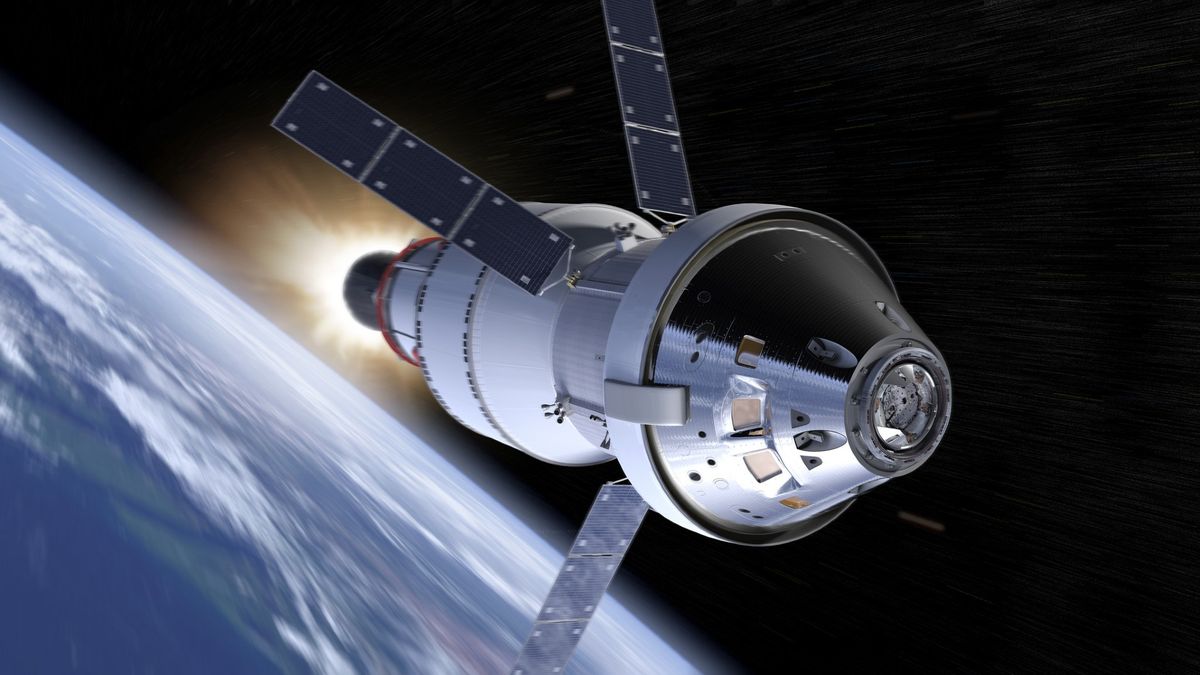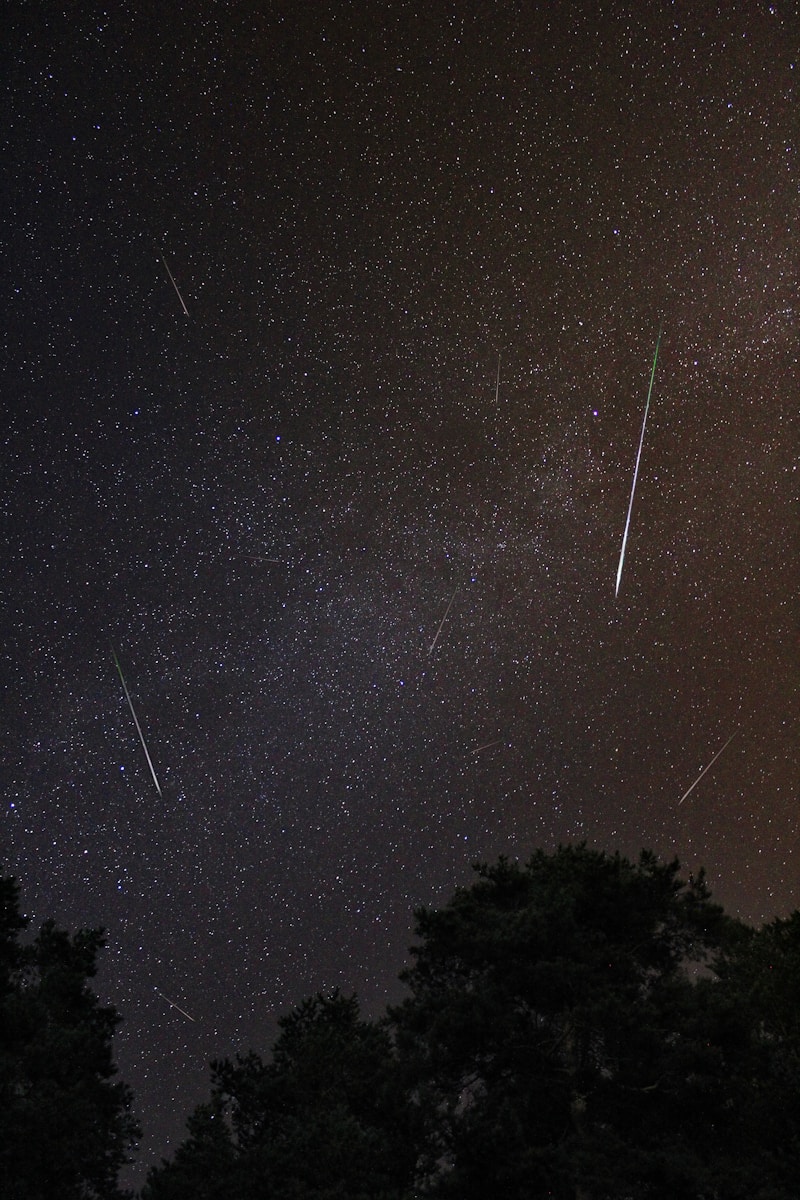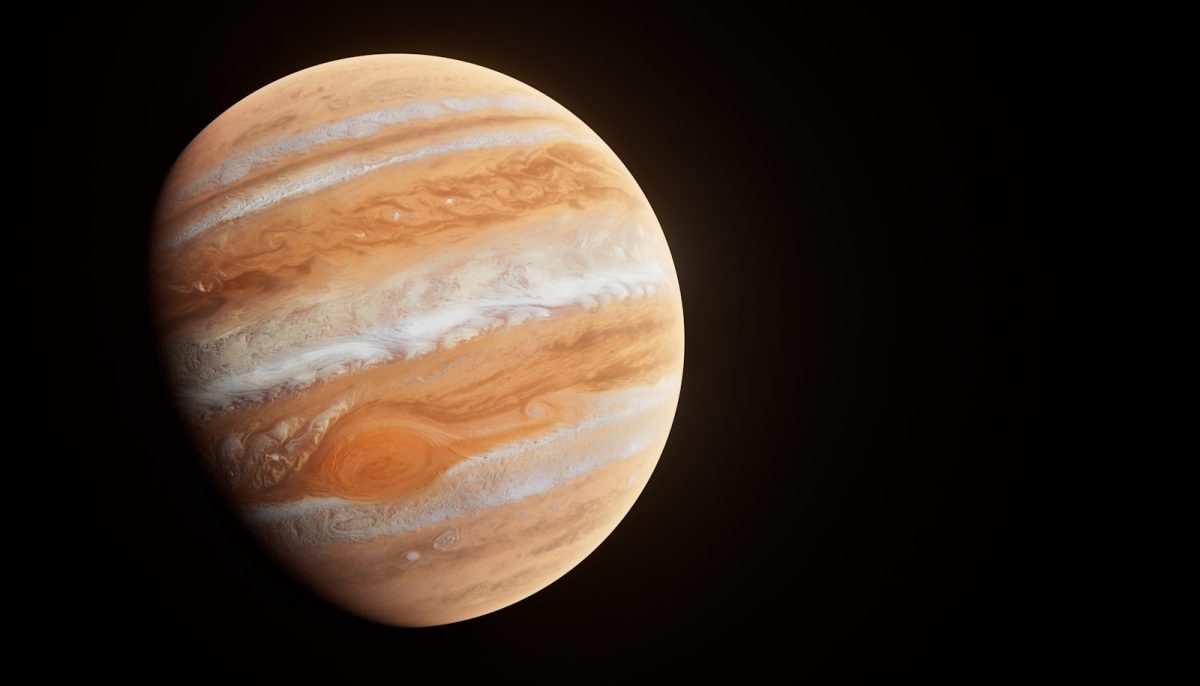Boeing’s Starliner is finally launching with crew to the International Space Station, after several delays and a failed mission. It will launch to the ISS on June 1st, with two crewmembers, Barry “Butch” Wilmore, and Suni Williams, both are former U.S. Navy test pilots. Starliner itself has been launched twice before, both uncrewed, to the ISS, with mixed results. If the latest mission succeeds, NASA, who is partially funding the development of Starliner, will begin to use it as an alternative to SpaceX’s Crew Dragon, which has been flying to the ISS since 2020.
Starliner is a crew capsule, similar to SpaceX’s Crew Dragon, but with several key differences. For one, Boeing’s Starliner can fit seven crew into the capsule, while Crew Dragon can only hold four. Another major difference is its launch platform. While Crew Dragon flies into space on a SpaceX Falcon Nine, Starliner will fly on a United Launch Alliance Atlas V. Most everything else is similar between them, aside from the two things mentioned.
Previously, Starliner has launched twice before the current one. The first launch was on December 20, 2019, and was an uncrewed flight test. The mission was not successful, as Starliner did not dock with the ISS due to problems with the capsule’s internal clock, but it did touch down in New Mexico, after the failed attempt. The second launch, on May 19, 2022, was another test flight, and this time docked with the International Space Station for four days, before returning to Earth and landing in New Mexico. This second mission allowed the craft to be certified for human use by NASA, and lead up to the present launch.
The third launch, or the one being prepared for now, was actually scheduled for early May, but was pushed back because of a helium leak in the capsules propulsion systems. The rescheduled date for the launch is June 1, and the helium leak will not be addressed because the engineers working on Starliner believe it to be small enough that it will not cause problems, stating that this is normal, and citing Crew Dragon and NASA’s former space shuttle program as examples to previous occurrences. The mission of this flight is for the two astronauts to launch to the ISS, stay for up to ten days, and return to Earth, hopefully giving Starliner certification for further crewed missions.
RELATED STORIES
https://www.cnbc.com/2024/05/24/boeing-nasa-starliner-astronaut-launch-moving-forward.html
https://www.space.com/19367-boeing-cst-100.html#section-when-did-starliner-first-fly
https://www.space.com/boeing-starliner-launch-date-helium-leak
https://www.space.com/19367-boeing-cst-100.html#section-when-will-starliner-fly-with-astronauts
TAKE ACTION
https://www.usajobs.gov/search/results?d=NN&p=1
